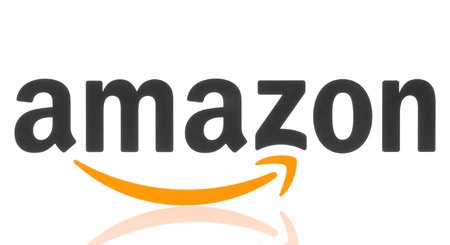
One of the first, most important steps you take when forming a new business is to start the process of protecting your intellectual property. Typically, unless you need to file a patent, this involves picking a brand name for your business and starting the process of registering that trademark with the United States Patent and Trademark Office, aka USPTO.
Before we get into why it is so important to register your trademark, you are probably wondering what a trademark is.
Trademarks 101 – The Basics
A trademark is, at it’s most basic level, a “recognizable sign, design or expression which identifies products or services of a particular source from those of others…”. The basic purpose of a trademark is to exclusively identify your goods and/or services from all of your competitors, and give you, as the trademark owner, the exclusive right to use that mark in commerce.
This also means that you can keep others from using your mark, thereby differentiating your business and brand from all the other businesses out there that sell the same type of services that you do.
What are the benefits of creating a strong trademark to protect your brand name?
A strong trademark will be much easier to register than a weak trademark. Not only that, but it will also be easier to police and protect than a weak trademark and will thereby effectively distinguish your brand from those of your competitors.
A weak trademark, on the other hand, will end up costing your time and money in that it may be difficult to register with the USPTO, and even if you are able to register it, you may have to spend a great deal of effort making sure that other brands aren’t infringing on your intellectual property.
How can I make sure I have a strong trademark?
Because the benefits of registering a strong trademark should be obvious to you by now, the most frequent question we receive is “how can I make sure that I have a strong trademark?”
Fortunately for us lawyers, the federal courts have given us some guidance on what makes a good and bad trademark. Without going into all the legal nuances, here are the basics.
There is a “spectrum of distinctiveness” that courts use to classify various trademarks, going from the strongest trademarks (which will automatically get registered), to the weakest marks.
Here are the five categories, from strongest to weakest:
- Fanciful Marks. A fanciful mark will automatically get registered by the USPTO, provided no-one has already claimed it. These are marks that have no inherent meaning before being adopted by the company that registered them. Google and Skype are both examples of fanciful marks.
- Arbitrary Marks. These are common, everyday words which were found in the dictionary before they were registered, but they are used in a way that is completely unrelated to their dictionary meaning. An often sited example of this is Apple, a great name for a computer company, but a terrible name for a vendor selling apples! Arbitrary marks are also likely to get registered without too much difficulty.
- Suggestive Marks. These are terms that tend to “suggest” the nature, quality or characteristic of the goods or services it represents. Examples of suggestive trademarks include 7-eleven, and the car names Jaguar or Mustang.
- Descriptive Marks. Descriptive marks are terms that have a dictionary meaning that is directly related to the products or services it references in commerce. These terms are typically not able to be registered unless it can be shown a distinctive character has been established through extensive use of the product or service in the marketplace. In other words, you should avoid descriptive marks when naming your business.
- Generic Terms. Generic terms are exactly what you would think they are, it’s the common name of the product. Because a generic term is incapable of providing the essential function of distinguishing the products or services of a business from those of another business, they are not given any legal protections under federal trademark law.
The strongest trademarks, and hence most likely to be registered quickly and easily, are fanciful and arbitrary marks. Suggestive marks are also strong, but less so than fanciful or arbitrary marks.
However, you should also be aware that even if you pick a trademark that is fanciful or arbitrary in nature, you could still be denied registration if the trademark you pick is similar in nature to one that is currently registered to another business operating in your market.
So… How to Pick a Brand Name the Right Way?
The bottom line here is that you shouldn’t pick the first name that comes to mind. Spend some time brainstorming different ideas. Think of other objects that might somehow represent your brand, such as constellations/stars, animals, mountains, plants, geographic areas, puns, etc. Even greek gods/goddesses are good fodder for business names. (Nike comes to mind, but I wouldn’t pick that one…)
If you can really put some thought into this and develop a name that is creative, unique to your brand and original, then you have a good shot at speeding through the registration process.




GREAT I have a product name that looks like it is available. What your fees for submitting a TRADEMARK. I need to check to make sure that all the social business profiles are available for that name I want to trademark.
Please visit https://www.hawthornlaw.net/fees for more information.